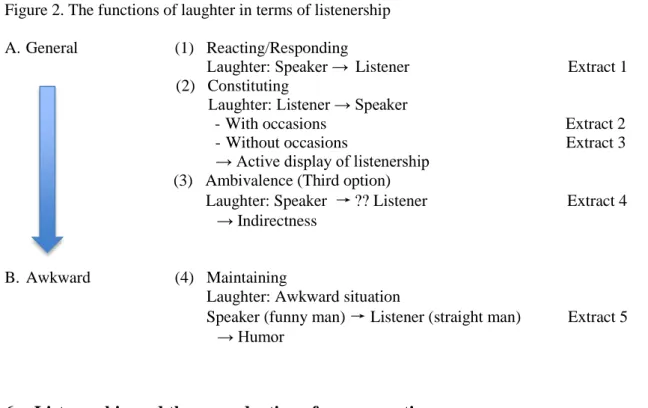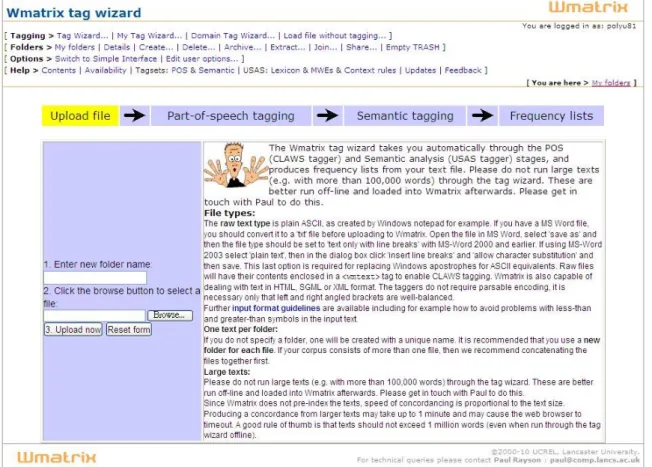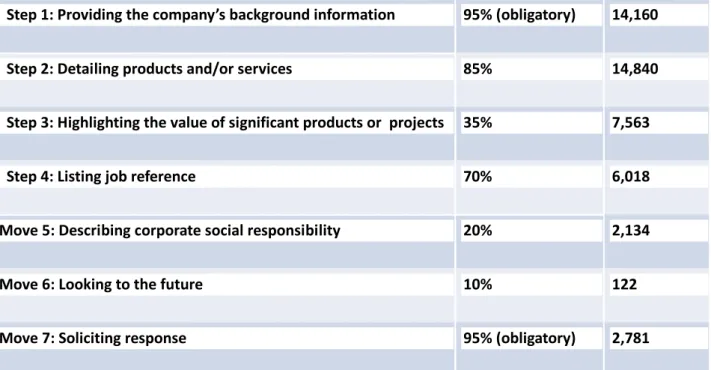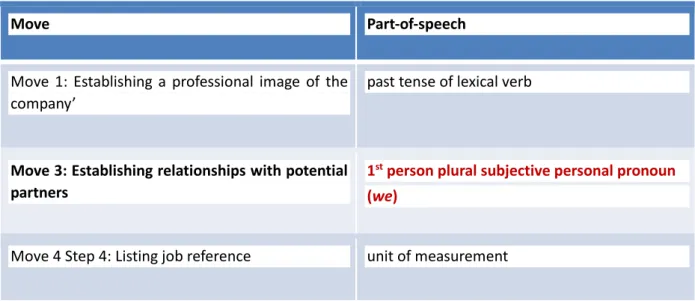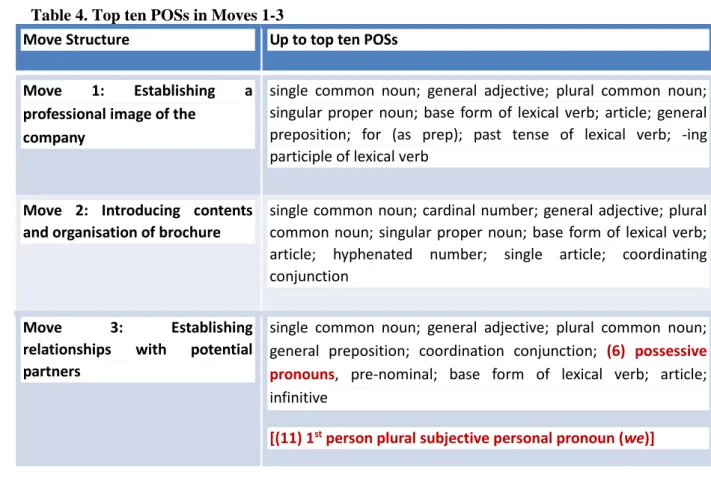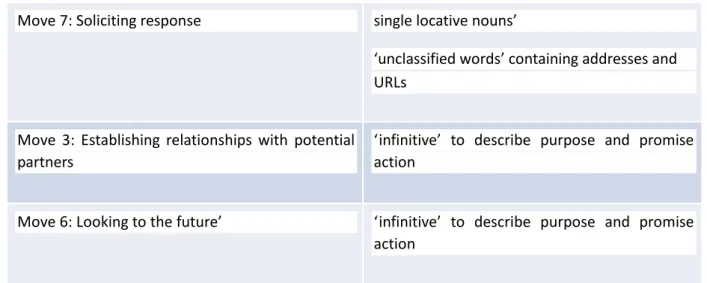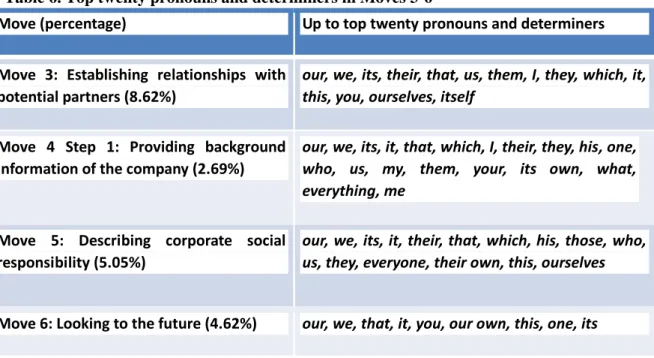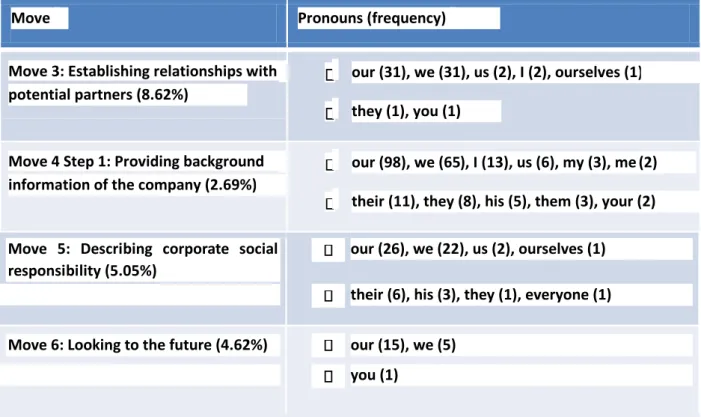To communicate semantic information in a non-linear way, the speaker must choose one of the participants of the semantic situation and treat it as the global (primary) center of attention, (i.e. the subject of the utterance) about which they predicate. Since we consider the subject to belong to the pragmatic module, it is independent of the semantic role played by the participant to which it refers. Many linguists (Chafe - 1976 and Prince - 1981 among others) point to the importance of the distinction between old and new information.
When the speaker changes the meta-informational status of the utterance or one of its clauses, this has no effect on its truth-conditional validity. Statement #5 would only be happy in a discourse in which the speaker was not dealing with the Greeks in the earlier part of the text.
Base and Extended utterances, the Definition of Topic
The following statements #5 (with a topic) and #6 (with a focus) have the same truth value as the first statements #3 and #4 in the active and passive voices: the state of the world that is the referent of this statement remains the same and the validity of the truth depends only on the appropriateness of the statement to the situation about which it is spoken. However, the choice between one of the four mentioned utterances (we call them "meta-informative paraphrases") has important consequences on discourse strategy and pragmatic felicity. In a discourse in which the Greeks are the main topic, the speaker would choose expression #3 rather than #4. Statement #5 would only be happy in a discourse in which the speaker was not dealing with the Greeks in the earlier part of the text.
Three layers of linguistic information (Wlodarczyk A. & Wlodarczyk H. 2006a) The second meta-informative level is an extension of the predication: it consists of adding attention-centered phrases with contrasting status to a basic utterance. It is only the comment part of the utterance that introduces information with a "New" meta-informative status.
Conclusion
Rather, they should be understood as existing in the interconnectedness of subject and self. Meanwhile, the brain cells that differentiate between self and other begin to work. In MN, however, I and others are not separated at all.
Human beings are entities in which self and other are not inherently separate. But for these interactions of self and other, it therefore exists in the foundation of language.
Company Brochures
Move-Specific Linguistic Realizations of the Self and the Other
Move 1: Establishing a professional image of the
Move 2: Introducing contents and organisation of brochure
Move 3: Establishing relationships with potential
Step 1: Providing background information of the company
Step 3: Highlighting the value of significant products or
Listing job reference
Move 5: Describing corporate social responsibility
Establishing relationships with potential partners
Move 3: Establishing relationships with potential partners (8.62%)
Move 4 Step 1: Providing background information of the company (2.69%)
Move 5: Describing corporate social responsibility (5.05%)
After discussing the findings on move- and step-specific pronouns, the following discusses the findings when examining three-word congrams with pronouns, namely "our" and "we" as search words specified by the user in moves 3, 4 (1 ) and 5.
Establishing relationships with potential partners (8.62%)
Step 1: Providing background information of the company (2.69%)
- A Spatial Frame of Reference
- Linguistic Anthropological Perspectives
- Indexicality
- Switching Frames of Reference
- Describing Space in Everyday Interaction
The following figure 2- shows the lines of concordance of the pronouns used in some of the movements. In the internal system, the frame of reference is identified in terms of the characteristics of the referent itself—that is, "front," "back," "mouth," and "foot," as in "The flowers touch the mouth of the vase." 1. However, some empirical studies present evidence against previous discussions on the dominance of the relative system in Japanese (Inoue Kataoka 2005; Takekuro 2007; Matsumoto 2009).
An "index" is one of the components along with "icon" and "symbol" in Peirce's (1955) tripartite system of signs. For example, a knock on the door is an indication of the presence of a visitor; a weathercock is an indication of the direction of the wind. Omoto, which is located in the center of the island and sagaru/oriru ('go down/descend') to go from Mt.
The two pairs of non-Ishigaki and native Ishigaki speakers collected descriptions of the route to location A. Thus, whether interlocutors are native Ishigaki speakers or not appears to make a difference in subjects' choice of FoR in spatial descriptions of downtown Ishigaki . . The majority of the new subjects used the relative FoR for the pair of non-Ishigaki speakers, as in (5). 5) gasorinsuntando o migi ni magatte gas station O right LOC turn.
Half of the subjects combined the relative FoR with the expression such as agaru, as in (6). 6) gasorinsuntando o migi ni agatte gas station O right LOC go up. On the other hand, when native Ishigaki speakers spoke to each other, the majority of subjects used only the absolute-based term, agaru, as in (7). 7) gasorinsutando no kad o agatte gas station NOM corner O go up. Nevertheless, given the fact that many Ishigaki speakers use the absolute system for the east-west coordinate, it is not surprising that N immediately thought of the easy understanding of S and said hidari.
Her (persistent) use of the absolute system shows her strong feeling for the habitual linguistic practices of the community. Their choice of the other-directed FoR can be seen as a result of intersubjectively negotiated linguistic practices.
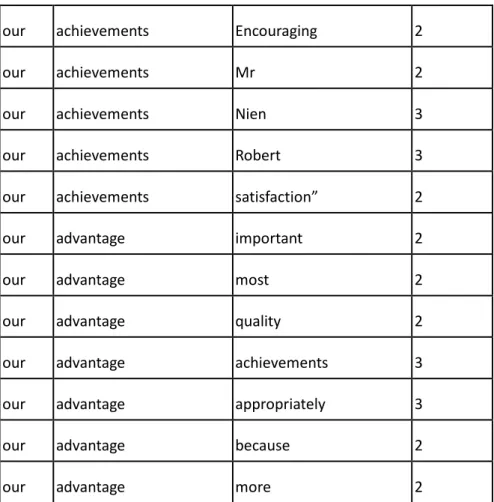
BA’ in Japanese Grammar and Communication
- Event as an Energy Transfer
- Event as a Spontaneous Change of State
- Event as an Experienced State
- Exploration
- Somatics
- Mirative
- Effect of Explanatory Theme
- Explanatory Themes in Problem-Solving Communication
The arrow indicates the energy transfer from the female to the speaker in the form of the dog hitting the speaker. Both (2a) and (2b) convey the news of the speaker's marriage, but their ways of expressing it differ from each other. First, I will show that the exploratory interaction allows the speaker to express the experienced state as an event.
There were houses HERE AND THERE through the valley.” The frequency "now and then" is the frequency of a house in the visual frame of the speaker who passed through the valley. The frequency "rarely" refers to the frequency of experiencing a man named Sadanobu in the visual frame of the speaker moving around the world. In other words, the speaker's consciousness of exploring the unknown environment motivates her/him to express the state of existence of a restaurant as an event.
The somatic feature of the responses the speaker receives from his environment also changes a state expression into an event expression. The stronger and more intense the response, the easier it is for the speaker to express the experienced state as an event. The feeling of surprise motivates the speaker to talk about the current state that is experienced.
The mirative ta therefore indicates that the speaker's experience of discovering happened in the immediate past. Exploration is not only related to the speaker's cognition, but also to the situation of the communication. But this is only with the support of an exploratory issue; and (iv) the setting of the exploratory issue may be related to the speaker's position in communication.
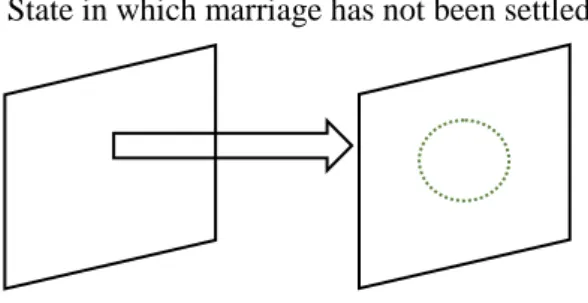
Vocabulary and Modality in Weekly Column Articles
Adverbs and Sentence-Final Expressions
- Characteristics of written passages by learners of Japanese
- Sentence-Final Expressions
- Adverbs
- The methodology
- Sentence-Final Expressions
- Adverbs
In written Japanese passages, the writer's attitude or attitude toward propositions is expressed in sentence-final expressions. Various researches have been done regarding the relationship between the genres of the pieces and the sentence-final expressions that appear in those pieces. From the results of these studies, it becomes clear that different sentence-final expressions are used according to the genres of the pieces.
Among the sentence-final expressions we found, there were 318 total words and seventy-five different words. For sentence-final expressions with modality, we found 105 total words with forty-one different words. Sentence-final expressions that occur more than 10 times are for the most part without modality.
We summarized functionalities of sentence-final expressions with modalities based on the categorization in A Dictionary of Japanese Sentence Patterns (1998). Twenty-three percent of sentence-final expressions are "assertions and explanations," and modalities of authorial subjectivity, such as "questions" and "speakers' judgments," are frequently found. In Table 3, we have summarized sentence-final expressions that are supposed to correspond to these adverbs of "statement".
This may be related to the fact that question forms are often used in sentence-final expressions with modality. In this article, we examined sentence-final expressions and adverbs that appear in commentaries on current affairs. In the study reported here, we considered what kinds of language expressions can contribute to the presence of the writer in the text through sentence-final expressions and adverbs.
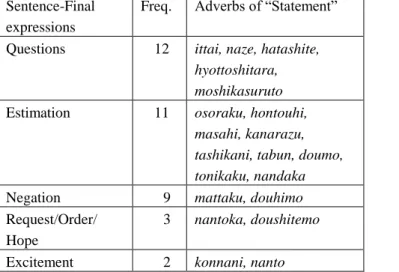
The role of listenership in the coproduction of a conversation
Ayako Namba, "The role of listeners in the co-production of conversation: focusing on the contribution of laughter in Japanese interaction", .
Focusing on the contribution of laughter in Japanese interaction
- The role of a listener
- The Japanese communicational style and identity
- Laughter
- Data
- Analytical method
- General cases
- The deviant case
Conversation is seen as a co-production of speaker and listener; in fact, Clark (1996) refers to it as “joint action”. The next three steps determine how the listener plays a role in achieving this co-production. According to him (Glenn, 2010), "(l)aughter is a phenomenon that combines different types of modalities: vocal (production of laugh tokens or particles), facial expressions (e.g. smiling) and body movements (e.g. body shaking)" (1499 ). Furthermore, it has been noted that “laughter and laughter, individually or in combination, can invite laughter” (Jefferson, 1974; qtd. in Glenn, 2003: 81).
The term "laughter" indicates that "the occurrence of laughter marks its referent (usually retrospectively) as ridiculous -. In general cases, I clarify two patterns of laughter under the structure of laughter: Introduction of 1) the speaker's laughter and 2) the listener's laughter. The data reveal, that the speaker's invitation to laughter is achieved in three ways, 1) laughter plus laughter, 2) laughter and 3) ridiculous, whereas the listener's laughter following the invitation occurs in two ways, 1) laughter and 2) laughter plus verbal utterances.
Based on the characteristics mentioned in the previous section, I discuss the basic patterns of laughter under the structures of inviting and accepting. In the following excerpt, a Teacher (T) tells her Student (S) about a surprising event in her daily life:. 1) The initiation of the speaker's laughter: Onomatopoeia plus repetition. In contrast, the onset of laughter occurs not only by the speaker, but also by the listener.
In general cases, the existence of an occasion is rigidly linked to the invitation to laughter and the accepting laughter of a listener. In this section, based on the patterns of laughter, I consider several functions of laughter in terms of unfolding listenership. In this sense, the function of this listener's laughter is identified as "responding/responding". Unlike (1), (2) lacks the speaker's laughter.
